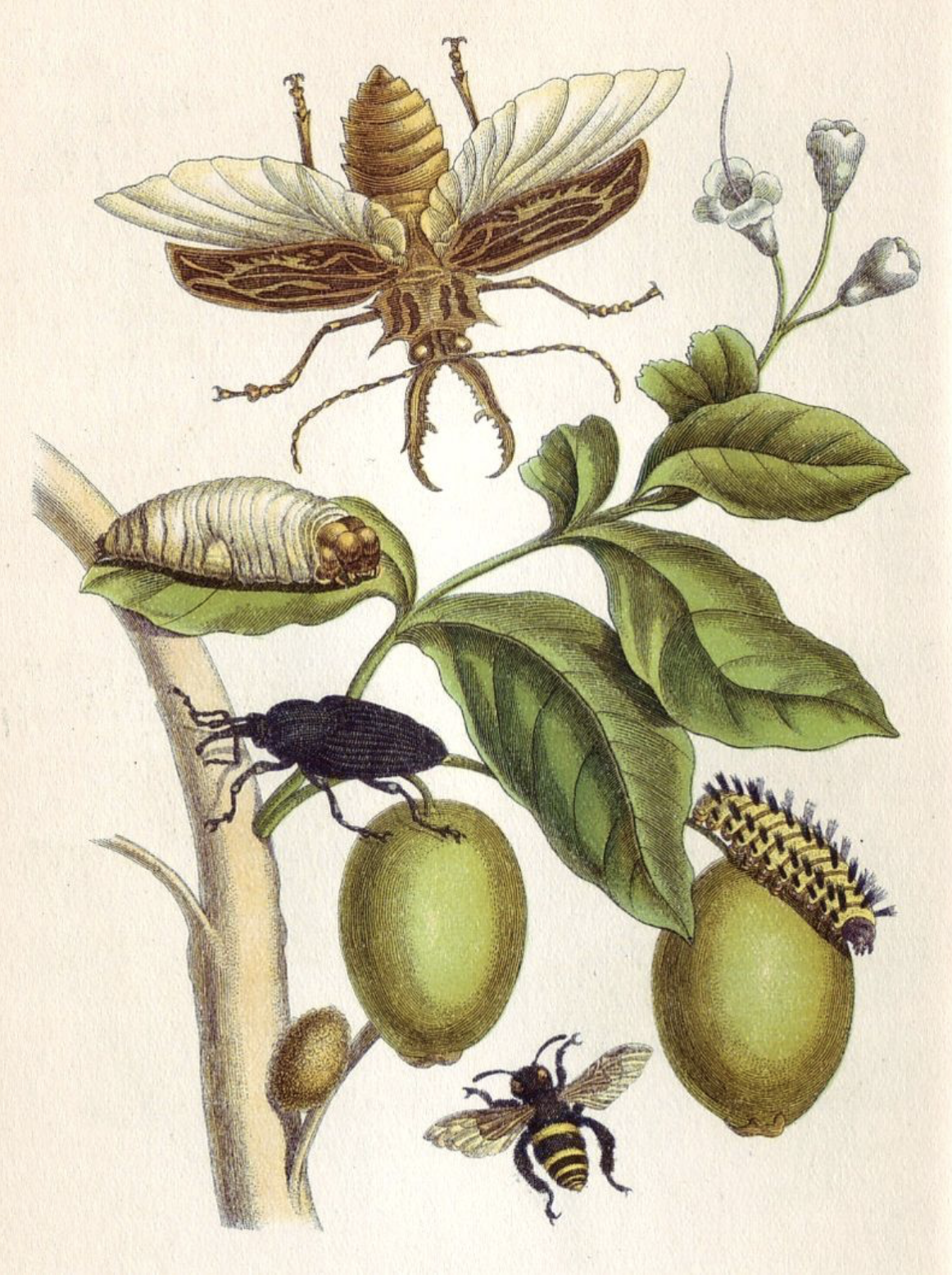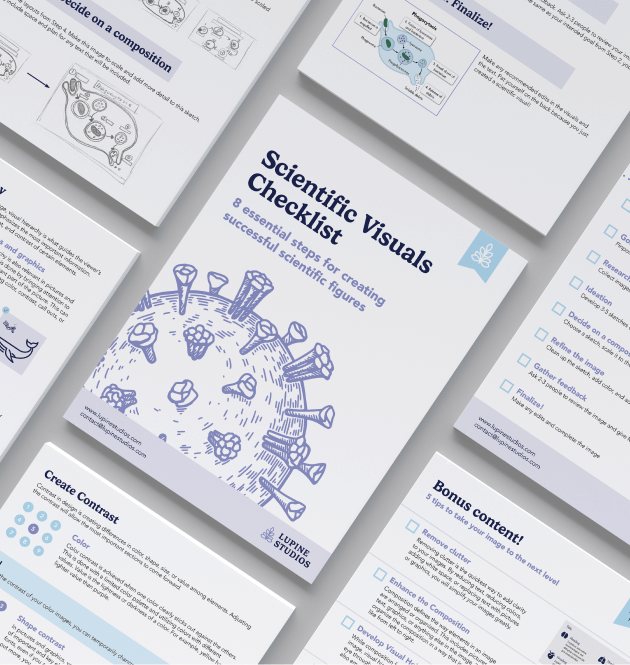Picture this: You’re diving deep into a complex scientific concept, like the structure of a cell, the migration patterns of birds, or the latest breakthroughs in gene therapy. There’s a lot going on in your brain—terms, processes, and layers of detail. Now, imagine seeing it all in a beautifully crafted illustration. Suddenly, things click. That abstract concept becomes real, tangible, and most importantly, understandable.
This is the magic of scientific illustration. At its core, it’s about communication—breaking down complex ideas into visual masterpieces that speak to both the mind and the heart. But why does it matter so much? Let’s explore the behind-the-scenes wonders of scientific illustration and how it plays a starring role in shaping the way we learn and share science.
Turning the Abstract Into the Tangible
Science is often an abstract concept, full of theories, equations, and ideas that can feel hard to grasp. What if we could take that complex research or theory and give it form? That’s where illustrators step in! Scientific illustrations breathe life into things that are invisible to the naked eye, like the microscopic world of cells or the vastness of galaxies. They help simplify complexity, turning data, numbers, and abstract phenomena into easy-to-understand visuals.

Think about diagrams in biology textbooks or the breathtaking depictions of ecosystems. Without these images, science would lose its ability to connect with the public. Illustrations make the hard-to-explain easier to visualize, making us more curious and interested in learning. It’s like translating science into a universal language that anyone can speak!
Inspiring Wonder and Curiosity
Illustrations don’t just clarify—they captivate! There’s something uniquely powerful about a beautifully drawn image that can spark curiosity. You’ve probably been drawn to an artful, eye-catching illustration at a museum or in a science journal. It’s not just the science behind it that grabs your attention, but the aesthetic that makes it so approachable. Science should be beautiful—and scientific illustrators are the artists who make it visually stunning.
Whether it’s the intricate patterns of a butterfly’s wings or the detailed texture of a shark’s skin, these illustrations have the power to ignite a spark of wonder. This feeling is contagious! When science is visually compelling, it invites people to dive deeper and ask more questions. It makes learning feel like a journey, not a chore.

Making Science Accessible for All
Science can often feel overwhelming, but illustrations break down those barriers and make complex ideas approachable. Take a colorful diagram of the solar system—it’s not just for kids, it’s for anyone curious about space. Or consider a medical illustration of the human heart: it simplifies complicated concepts like blood flow, making them easier to understand for both students and patients.
Illustrations don’t require a degree to appreciate. They invite everyone—whether you’re a child, a curious adult, or someone new to the topic—to explore and grasp science in a clear, engaging way. It’s about making the world of science accessible, one visual at a time.
Scientific Discovery Through Illustration
Illustrations aren’t just for explaining science—they also drive discovery. Throughout history, drawings have helped scientists visualize the unseen, from early cell sketches to Darwin’s finch illustrations, which contributed to his theory of evolution. Today, digital models allow us to explore molecular structures, uncovering new insights. In this way, illustrations don’t just document science; they help scientists discover new knowledge by revealing hidden patterns and possibilities.
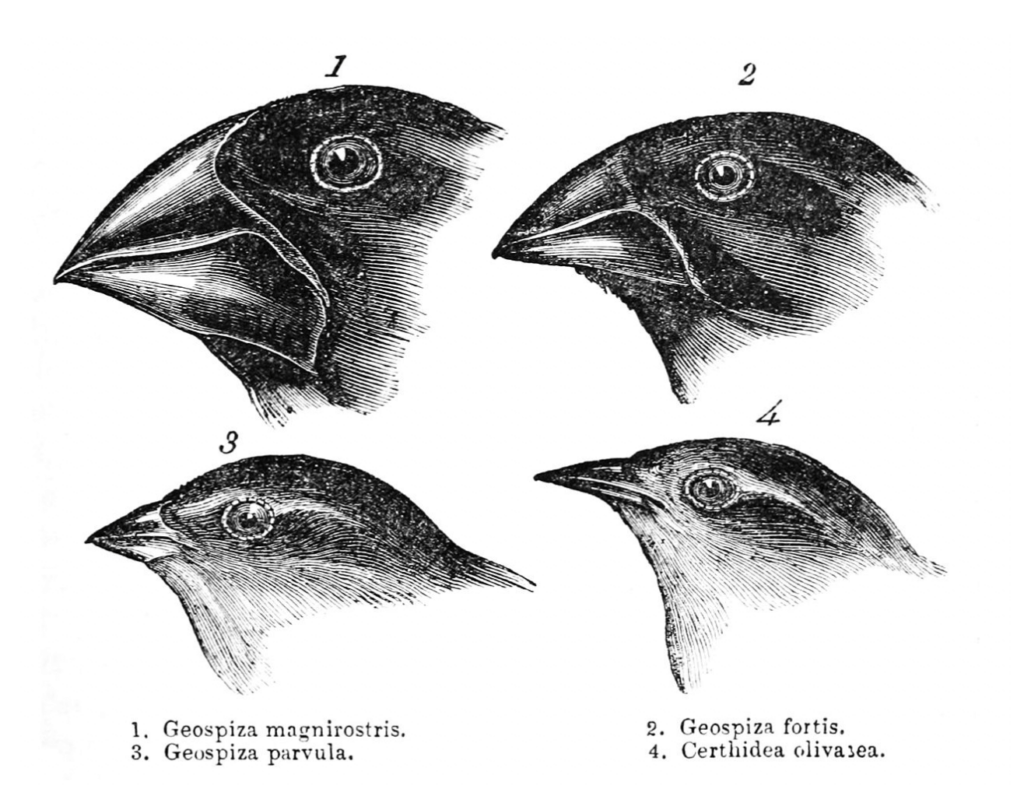
Helping Experts Communicate More Effectively
Even scientists themselves rely on illustrations to convey ideas that words alone can’t quite capture. A scientific article about a new species? An illustration showing its unique features might be the most effective way to communicate its characteristics. An intricate process in chemistry? A well-designed diagram might be the best way to explain its steps. Illustrations act as a bridge between data and understanding, ensuring that even the most complex scientific findings reach their audience clearly.
As much as scientists love their data and graphs, the visual nature of an illustration can often pack more punch than a table of numbers or a paragraph of dense text. It simplifies, organizes, and makes abstract ideas tangible for those reading or viewing.
Building Trust Through Accuracy
Now, let’s talk about the responsibility of scientific illustrators: ensuring accuracy. While creativity and artistry are important, accuracy is paramount. Scientific illustrations are about truth, and illustrators need to work closely with experts to ensure that every detail is as precise as possible. Whether it’s an anatomical diagram, a botanical illustration, or a visual of a new species, every stroke has to be grounded in solid research.
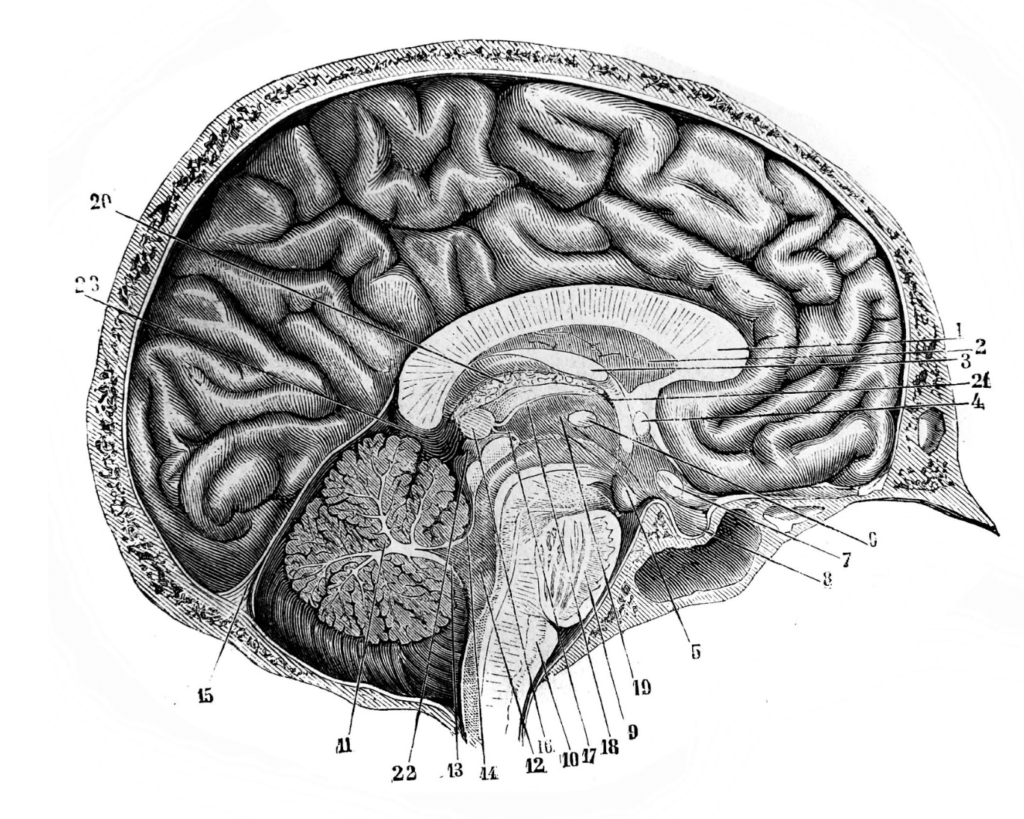
That’s why scientific illustrators are often collaborators with scientists—they need to balance the artistic side with scientific integrity. It’s the key to ensuring that these images are both beautiful and scientifically reliable.
In Conclusion: More Than Just Pictures
Scientific illustrations are more than just beautiful pictures—they’re powerful tools that help make science accessible, understandable, and inspiring. Whether you’re a scientist trying to explain a concept, a student learning something new, or someone simply exploring the wonders of the natural world, these illustrations make science come alive in ways that words alone cannot.
For illustrators, this is where the magic happens: taking complex ideas and making them visually engaging for audiences of all ages and backgrounds. And for businesses or organizations looking to convey scientific ideas, partnering with a skilled scientific illustrator can transform how you communicate your work to the world.
So, if you’re ready to elevate your science communication or explore a career that blends creativity and accuracy, scientific illustration might just be the perfect canvas for you!


Level up your visuals with this easy-to-follow guide
Learn More about the Checklist




